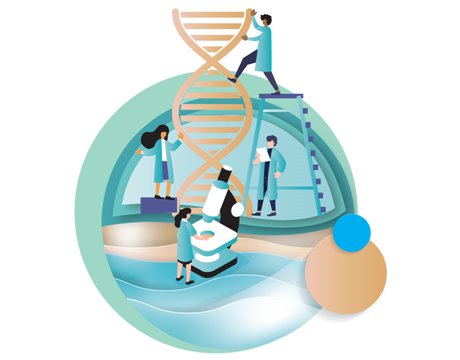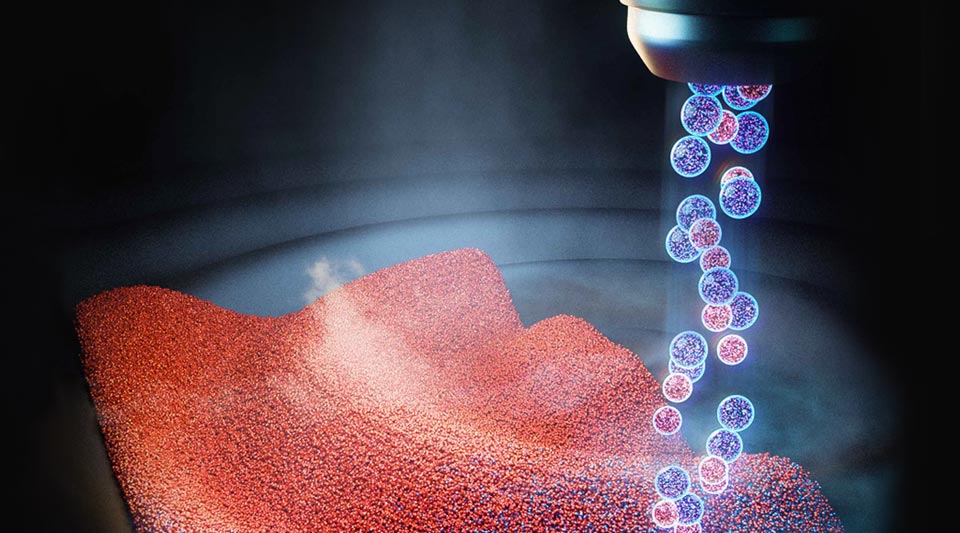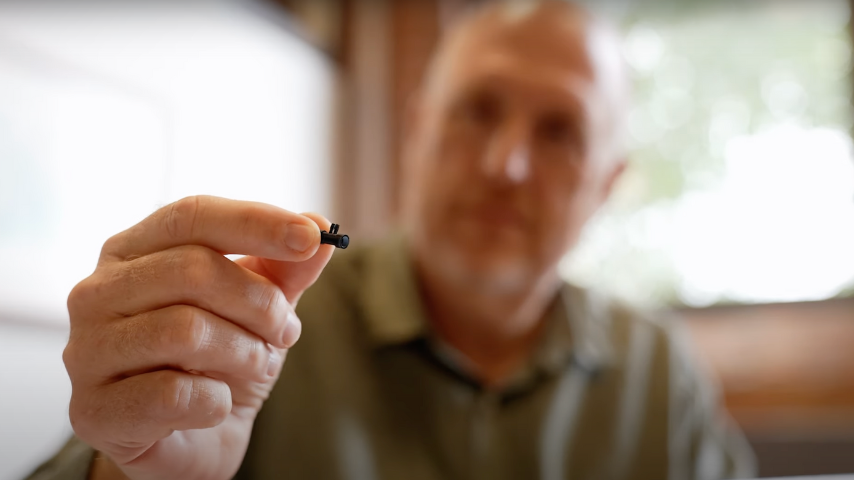Bioengineering Blog: Four Ways Computational Modeling and Simulation Reduce Medical Device Design Costs
Bioengineering Blog: Four Ways Computational Modeling and Simulation Reduce Medical Device Design Costs


Streamlining design with computational modeling lowers obstacles for development of innovative solutions.
The high cost of healthcare is a perennial conversation in our society, and doubly so in an election year. One way for medical device manufacturers to address this challenge is by finding ways to reduce the cost of development for innovative devices. The use of computational modeling and simulation is emerging as an effective approach reducing development cost and time for bringing devices to market, and this article highlights four ways medical device companies are using it.
One of the main ways that we can save time in medical device development is through virtual prototyping— using computational modeling and simulation to look at the device-tissue interactions before any parts or prototypes are built. Using these virtual methods to predict the device performance allows the research and development team to identify design challenges, tradeoffs, and ultimately the solutions earlier in the design process. Design changes made earlier in the concept and ideation phase are many orders of magnitude less expensive than those made during commercialization and verification testing, so the benefit of virtual prototyping accumulates quickly. This approach also allows for design teams to gain understanding into how different parts of the system work together and identify any interaction challenges early in the process, reducing the time spent correcting design flaws by avoiding them all together.
Editor's Pick: Physics-based Simulation Helps Train Machine-Learning Systems
With increases in hardware capabilities, better sensor options, and more sophisticated methods for design, there are a lot of inputs available in the design of a medical device. Most inputs are interrelated in some way and keeping track of how a change propagates through the entire system is impossible for all but the most trivial of applications. Using computational modeling and simulation to perform a sensitivity analysis helps to track this complexity and identify the main design inputs that drive the critical result for the patient. By using simulation to vary the inputs and predict the outcome, design teams learn how sensitive the result is to each input and can focus their efforts around the critical few, saving development time and cost.
Computational modeling and simulation also allow product development teams to run vastly more scenarios than could be examined through the traditional methods of building prototypes and running physical tests. The advantage this brings to the team is better understanding of the development space and an ultimate design that is robust and effective with the minimum constraints necessary on the manufacturing process. Unnecessarily tight tolerances bring added cost to each device and increase the cost and time of bringing the device to market.
Reader's Choice: Simulation at the Crossroads of Engineering and Biology
Evaluation of risk is a major part of design decisions, and computational modeling and simulation allows an R&D team to lessen the risk in device design by modeling the performance of the device in human tissue long before the physical testing period. The suite of simulations can include performance predictions for a wider range of patients, showing how the result can vary across the intended patient population. As an improvement over development that only uses healthy tissue in bench and preclinical testing of physical prototypes, computational models can be leveraged to simulate disease states and predict the device performance long before the first in human trials.
These four approaches to using computational modeling and simulation in the design of medical devices all contribute to reducing the cost of development. Reducing this cost impacts not only the ultimate cost of healthcare but also impacts the types of treatment that are available to patients. Using computational modeling and simulation will result in devices that are safer, more effective, and have less risk. The lower development cost also opens new markets that may not have been commercially viable in the past. Patients with rarer conditions often had to compromise with a more generic treatment and make due with the lower effectiveness of something not intended for their condition. With the more streamlined approach to device development that includes modeling and simulation, innovative solutions have a lower barrier to development— providing better treatment to patients and new opportunities to medical device companies.
Arlen Ward, PhD, PE, is a Modeling and Simulation Principal for System Insight Engineering, a consultancy providing computational modeling and simulation services for medical device companies.
Opinions expressed are the author’s and do not necessarily reflect the views of ASME.
One of the main ways that we can save time in medical device development is through virtual prototyping— using computational modeling and simulation to look at the device-tissue interactions before any parts or prototypes are built. Using these virtual methods to predict the device performance allows the research and development team to identify design challenges, tradeoffs, and ultimately the solutions earlier in the design process. Design changes made earlier in the concept and ideation phase are many orders of magnitude less expensive than those made during commercialization and verification testing, so the benefit of virtual prototyping accumulates quickly. This approach also allows for design teams to gain understanding into how different parts of the system work together and identify any interaction challenges early in the process, reducing the time spent correcting design flaws by avoiding them all together.
Editor's Pick: Physics-based Simulation Helps Train Machine-Learning Systems
With increases in hardware capabilities, better sensor options, and more sophisticated methods for design, there are a lot of inputs available in the design of a medical device. Most inputs are interrelated in some way and keeping track of how a change propagates through the entire system is impossible for all but the most trivial of applications. Using computational modeling and simulation to perform a sensitivity analysis helps to track this complexity and identify the main design inputs that drive the critical result for the patient. By using simulation to vary the inputs and predict the outcome, design teams learn how sensitive the result is to each input and can focus their efforts around the critical few, saving development time and cost.
Computational modeling and simulation also allow product development teams to run vastly more scenarios than could be examined through the traditional methods of building prototypes and running physical tests. The advantage this brings to the team is better understanding of the development space and an ultimate design that is robust and effective with the minimum constraints necessary on the manufacturing process. Unnecessarily tight tolerances bring added cost to each device and increase the cost and time of bringing the device to market.
Reader's Choice: Simulation at the Crossroads of Engineering and Biology
Evaluation of risk is a major part of design decisions, and computational modeling and simulation allows an R&D team to lessen the risk in device design by modeling the performance of the device in human tissue long before the physical testing period. The suite of simulations can include performance predictions for a wider range of patients, showing how the result can vary across the intended patient population. As an improvement over development that only uses healthy tissue in bench and preclinical testing of physical prototypes, computational models can be leveraged to simulate disease states and predict the device performance long before the first in human trials.
These four approaches to using computational modeling and simulation in the design of medical devices all contribute to reducing the cost of development. Reducing this cost impacts not only the ultimate cost of healthcare but also impacts the types of treatment that are available to patients. Using computational modeling and simulation will result in devices that are safer, more effective, and have less risk. The lower development cost also opens new markets that may not have been commercially viable in the past. Patients with rarer conditions often had to compromise with a more generic treatment and make due with the lower effectiveness of something not intended for their condition. With the more streamlined approach to device development that includes modeling and simulation, innovative solutions have a lower barrier to development— providing better treatment to patients and new opportunities to medical device companies.
Arlen Ward, PhD, PE, is a Modeling and Simulation Principal for System Insight Engineering, a consultancy providing computational modeling and simulation services for medical device companies.
Opinions expressed are the author’s and do not necessarily reflect the views of ASME.



